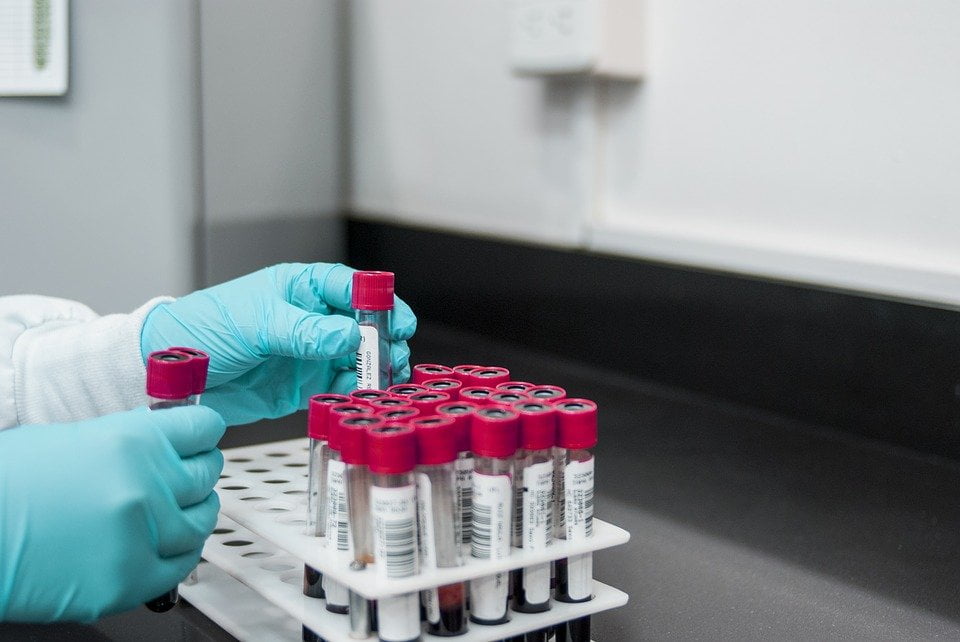On the Internet regularly appear history about how someone was initially determined to have one blood group or Rh factor, and over the course of life these characteristics changed. Usually, the authors of the stories associate this with taking certain therapy, pregnancy, but most often with a bone marrow transplant or blood transfusion. We decided to test whether a person's blood type and/or Rh factor can actually change.
Information about blood type and Rh factor Maybe be included in the civil passport at the request of the person. However, determining these characteristics is necessary for a person mainly in the case of planned major operations or after serious injuries, as well as when planning pregnancy. People may not know their blood type and Rh factor for quite a long time.
In order to answer the question in the title, you need to understand what determines these parameters. According to the most common classifications There are four blood groups, which are called by numbers; in official documents they are called 0 (I), A (II), B (III) and AB (IV). Blood type is determined by the absence or presence of two antigen molecules on the surface of red blood cells. Can't attach any - the first, can only attach A - the second, can only contain B - the third, has the ability to attach both - the fourth.
In addition to A and B, on the surface of red blood cells is normal are and other antigens. In particular, the Rh factor was first discovered in rhesus macaques to the D antigen. If it can attach, a person is considered Rh positive, and if it is absent, he is Rh negative. Thus, the key parameter for determining blood group and Rh factor is not the presence of antigen on the surface, but the possibility of its attachment. However, in case of some oncological, genetic and infectious diseases (bone marrow cancer, thalassemia, HIV, hepatitis), as well as in case of poisoning with chemicals and even taking certain therapy into the blood thrown away an enzyme that detaches part of molecule A and it becomes similar to antigen B. During pregnancy, the body maximizes production of red blood cells, while the production of antigens remains the same. Thus, the ratio of the number of red blood cells and antigens changes. This may also lead to incorrect test results. That is, the blood type does not change, but a laboratory error occurs.

In theory, changing blood type possible in case of bone marrow transplantation and complete replacement of circulating donor blood. However, in practice, such a procedure is impossible if the blood characteristics of the donor and recipient do not match, since in this case the recipient’s lymphocytes will immediately begin an attack on the transplanted bone marrow, which will lead to graft-versus-host disease, and subsequently to the death of the recipient.
Thus, all the “changes” in blood type and Rh factor described by users are in fact erroneous test results. In reality, these characteristics in humans change they can't.

Fake
Read on the topic:
- Myths about blood donation – Blood Center of the FMBA of Russia
- Maria Idrisova - On the eve of bone marrow transplantation
If you find a spelling or grammatical error, please let us know by highlighting the error text and clicking Ctrl+Enter.






